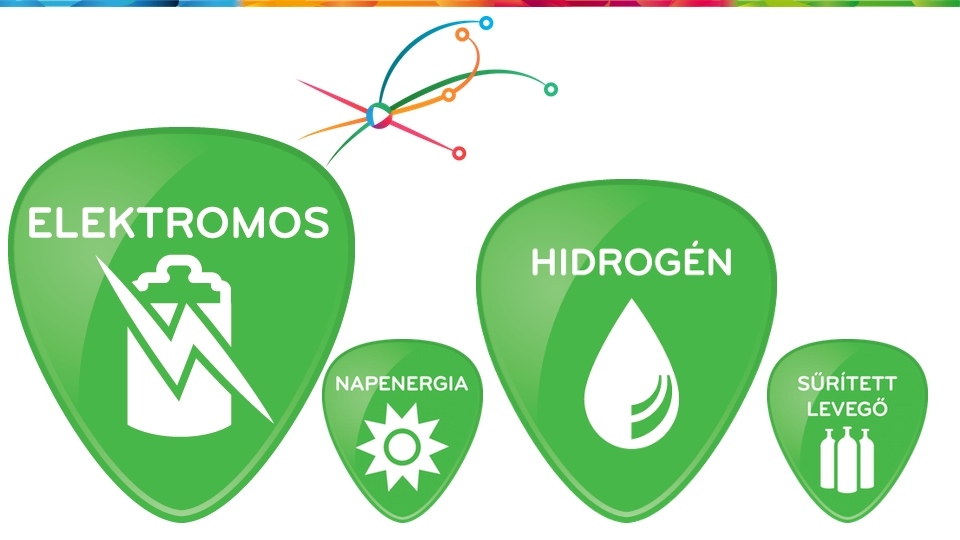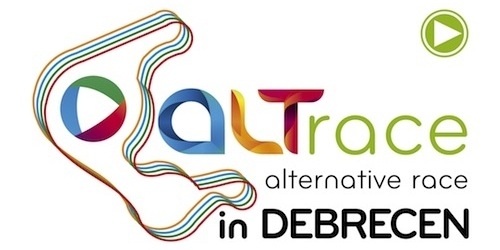Green technology
 Hungarian innovators have been working suc- cessfully on the development and production of alternatively powered vehicles for many years. In the early 1990s, manufacturing began of the Puli, Hungary's first electric car, which was fol- lowed by the appearance of electrically powered golf carts based on the design. This construction continues to be manufactured in various guises even today.
Hungarian innovators have been working suc- cessfully on the development and production of alternatively powered vehicles for many years. In the early 1990s, manufacturing began of the Puli, Hungary's first electric car, which was fol- lowed by the appearance of electrically powered golf carts based on the design. This construction continues to be manufactured in various guises even today.
At the turn of the millennium, the develop- ment and production of electrical engines was boosted by an EU regulation requiring all water vehicles used on European lakes to meet strict environmental criteria.
At the same time, more and more companies have focussed their attention on the devel- opment and construction of environmentally friendly vehicles. This is reflected in the Széche- nyi Race for alternatively powered vehicles. The event was first staged in 2005 and has since grown into a respected international event. The competition is an opportunity for design- ers and engineers to showcase and promote alternative technologies. A variety of prizes are awarded for the most creative and innovative constructions.
Alternative technologies
The majority of our everyday lives are powered by electricity - and its range of applications continues to grow continu- ously. Looking around our own homes, we are surrounded by a variety of rechargeable batteries and solar-powered devices (from calculators and garden lamps to recharge- able cameras and mobile telephones, not to mention the increasingly popular category of electric bicycles and scoot- ers). In recent years, appliances using solar energy and re- chargeable batteries have undergone rapid development as lithium-ion batteries have emerged to provide ever-in- creasing capacity even as their size and weight falls.
Electric vehicles
The idea of an electrically powered car is nothing new. At the turn of the 20th century, Ferdinand Porsche was already manufacturing a car powered by two electrical motors directly fitted within the front wheel hubs. In par- allel with the development of electrical technology, elec- tric postal vehicles, forklift trucks and factory trolleys have been employed for almost a century now. Based on how we get around today, it is difficult to believe there was once a time when the fastest land vehicle was driven by an electrical motor. Yet, this should not come as a surprise - electrical energy is capable of delivering high torque at low engine speeds, which can result in extreme speeds at the appropriate gear ratio.
The best example of the power of electricity is provided by La Jamais Contente. Built by the Belgian Camille Jenatzy way back in 1899, "The Never Satisfied" was the first rac- ing car to reach speeds in excess of 100 km/h. Two 50 kW electrical motors powered the rear wheels of the bullet- shaped vehicle as it sped along on its Michelin tyres. Thanks to the latest high-capacity compact batteries, a car driven by electricity is no longer the stuff of outlandish science fiction films. Even today, these cars are capable of travelling distances of up to 150 km, powered solely by electricity on just a couple of hours' charge (while the driver is at work or at home sleeping at night). This is well beyond the range of the average daily commute.
Hydrogen-powered vehicles and hydrogen fuel cells
Hydrogen is perhaps the cleanest form of alternative fuel. Much like electric cars, the use of hydrogen-propelled en- gines barely results in any harmful emissions. Once used to power conventional combustion engines, this highly reactive and abundant element is now deployed in fuel cell technology. Fuel cells work by combining hydrogen with oxygen to create water, thereby generating electric- ity to power a motor. In simple terms, if we run an elec- trical current through water (H2O), oxygen (O2) and hy- drogen (H) are separated. If this process is reversed such that oxygen is drawn from the air and we add hydrogen from a storage tank, electricity can be generated. Thus water+electricity = O+H, and O+H = water+electricity). These vehicles only emit steam and heat when on the road. In addition, the development of fuel cell vehicles is considerably more advanced than corresponding battery technology. Cells also have a significantly longer lifespan - they operate for as long as the hydrogen in the tank is replenished. With this in mind, the key modes of trans- port of the future are likely to use fuel cells. Yet although the fundamental principles of the system are relatively simple, the wide variety of potential ways to effectively implement the technology represent the biggest chal- lenge to engineers and manufacturers. But progress is being made: Every year, increasing numbers of prototypes designed by young Hungarian engineers compete in the fuel cell category of the Széchenyi Race.
Solar power
These vehicles are powered by direct or indirect conver- sion of the sun's energy. We now know just how much energy we derive from the sun - it is difficult to imagine, but the centre of our solar system supplies more energy to Earth than is used by the entire human race. Solar power was first used in space technology, where solar panels meet the energy needs of space stations, communications satellites and other orbital activities. Today, solar power is just as much a part of our daily lives - the number of devices fitted with solar panels increases day by day. Equally, the use of solar panel is nothing new to the automo- tive industry. For instance, Toyota has fitted its Prius models with solar panels for many years. These collect energy to power the air conditioning system when the car is parked, preventing it from overheating in the summer months. All this is achieved through the use of "waste" heat, while eliminating the need to use conventional fuels to cool the interior of the vehicle from temperatures of up to 50°C.
Pneumatic cars
Pneumatic cars are the strangest of all green vehicles, but they nonetheless exist. They are powered from one or more containers of compressed air fed into a motor or re- leased into a series of cylinders where they drive pistons. Coordinating the operation of entry and exit valves and extending the meagre range of these engines remains a challenge to developers of the technology. As another fuel that generates zero emissions, compressed air has potential as a power source for simple vehicles of the fu- ture, which is why it is increasingly widespread in Europe, Asia and the United States.
Alternative power is the industrial revolution of our time. The development and adoption of new technologies can help us emerge from the current economic crisis.
László PETIS


